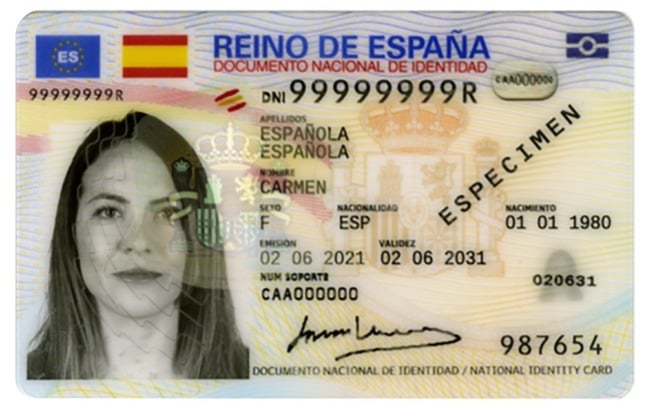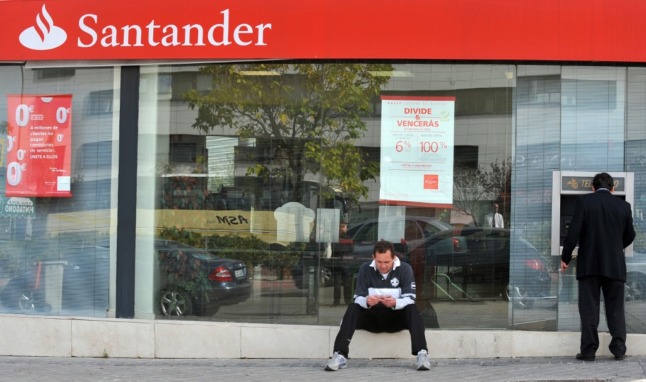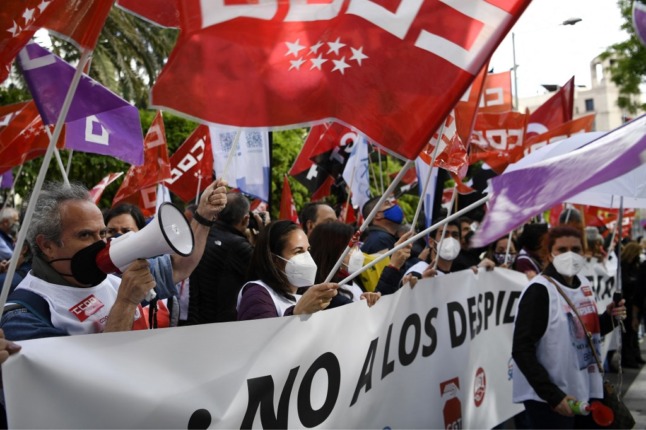Have we reached the peak?
On July 29th, Spain’s fortnightly infection rate didn’t rise for the first time in over a month, going from 702 cases per 100,000 on Wednesday to 699 on Thursday.
However, it may still be too early to assume that the country has reached the peak of infections of its fifth coronavirus wave.
In fact, the ECDC forecasted on July 16th that Spain would reach an infection rate of 2,400 cases per 100,000 in the first week of August.
That seems like an even more unlikely scenario, especially as the country’s regions have tightened restrictions to curb infections and the national vaccination campaign is advancing at a considerable speed.
A summer month marked by restrictions
Spain’s 17 autonomous communities have each tightened their own set of Covid measures, which will remain in place for at least part of August.
The Valencia region will have a night-time curfew until August 16th in 77 municipalities with high infection rates (including Valencia and Benidorm) and Catalonia also has a similar curfew in place.
The Balearics are limiting gatherings between people who don’t live together and other regions such as the Canary Islands are closing their bars and restaurants early.
You can find out more about the restrictions currently in place in each region in the link below, but it’s safe to say that August will be the summer month with the strictest Covid measures following eased restrictions in June after the fourth wave.
READ ALSO:
- Spain’s fifth Covid wave: What are the new restrictions in each region this summer?
- Spain rules out nationwide Covid pass for leisure but regions can control access to bars, restaurants
Herd immunity through vaccination in August?
Spain met its target of 25 million people fully vaccinated in July and currently has a higher rate of full inoculation that all other large countries, including the US, the UK, France and Germany.
Back in April, Prime Minister Pedro Sánchez set the target of reaching 70 percent full immunity among Spain’s 47 million inhabitants “by late August”, a target which looks feasible at the current rate.
Seventy percent is widely quoted by virologists as the target that has to be met to reach herd immunity, although Spain is aiming for 100 percent and even a third “reinforcement” vaccine.
Although there are regional differences, in late July people in their forties and thirties were receiving their second dose while younger age groups were getting their first jab.
Spain’s Health Ministry announced on July 21st that Moderna and Pfizer vaccine deliveries would continue to arrive in their hundreds of thousands every week in August and that supplies of single-dose Johnson & Johnson vaccines will be bolstered.
READ ALSO:
- Spain to receive no more AstraZeneca vaccines and donate remaining doses
- Vaccine scramble: How Spaniards want Covid jabs more than other Europeans
Uncertain travel
It’s no surprise around 80 percent of people in Spain are choosing to spend their summer holidays in their country of residence.
The US has banned non-US citizens in Spain from travelling to the country and the State Department has added Spain to its ‘do not travel’ advisory list, which we’ve explained in more detail here.
The UK is set to make it slightly easier for vaccinated Brits in Spain to travel back home without quarantining, but by the time the UK government’s updated travel restrictions is published on August 4th or 5th, Spain or some of its regions may be moved to the so-called amber plus list France is currently on.
Germany has also reclassified Spain as a high-incidence area, affecting another of Spain’s main tourism markets.
So even though Spain is keeping its borders open (some restrictions but few travel bans or quarantine requirements), other countries are watching Spain’s high infection rate closely and tightening travel for those flying back from the country.
READ ALSO:
- How to get a Digital Covid Certificate for travel from Spain to the EU
- What are the new rules for travel to Spain for all international travellers?
800 bank branches to close during August
If you have an account with Caixabank, BBVA or Sabadell, keep in mind that your local branch may be closed during the month of August.
Caixabank will close 50 offices during Spain’s traditional summer holiday month, BBVA will pull down the shutters on 469 branches and Sabadell will temporarily close 288 branches.
It’s worth noting that hundreds of bank branches are closing all together in Spain in 2021, so in some cases the August closures may be permanent.
 (Photos by GABRIEL BOUYS and Josep LAGO / AFP)
(Photos by GABRIEL BOUYS and Josep LAGO / AFP)
Easier way to find cheaper electricity rates in Spain
Electricity prices have reached historic highs during July but there is a change being introduced in August that could at least help consumers know if there are better rates out there.
Right at the end of the month on August 31st, most electricity bills in Spain will start to include a QR code that will take users to the live price comparison page of Spain’s National Commission of Markets and Competition (CNMC).
This will make it easier for consumers to see whether they can pay less for gas and electricity, as well as being a more hassle-free way to keep tabs on other parameters relating to their consumption and bill.
Spain to extend property moratoriums past August
The Spanish government on July 29th extended the protection measures for tenants and homeowners who are struggling to pay their rents or bills as a result of the coronavirus crisis.
The exemptions were meant to end on August 9th but have now been extended until October 31st 2021.
Until then, all evictions in Spain are suspended, homeowners can request an extra three-month moratorium on their mortgages, vulnerable tenants can apply for the delayed payment of their rent and gas, electricity and water cannot be cut off due to non-payment of bills.
New ID for Spanish nationals
For our readers who are Spanish nationals or looking to gain Spanish citizenship soon, a new ID card (DNI) will be launched on August 2nd.
It’s an electronic ID with a microchip that contains more information about the owner as well as greater details on the card (holograms and microtexts) to make it harder to forge.
The new DNI also includes the Spanish national’s details in both English and Spanish, it has a bigger photo and it can be displayed digitally on the user’s mobile device through an app.

One of the other benefits is that this new ID can be expedited very quickly: the applicant simply goes into a photobooth at the migration office, pays there and then by card rather than at the bank and gets the card immediately.
The reason for this update of Spain’s main identification document is that the EU has been pushing for all member states to issue ID documents with common attributes to facilitate travel and other processes.
Spain to start receiving EU recovery funds
Spain will receive the first €19 billion of the €140 billion (€70 billion of direct aid, the other half in loans) it is set to receive from the EU as part of its plans to get Europe back on its feet after the economic crisis caused by Covid-19.
Among the projects the Spanish government will fund are the plans to provide direct subsidies for the purchase of electric cars and tax deductions for people to make green home improvements.
READ ALSO: The home improvements you can get a 60 percent tax deduction for in Spain
Starry night displays on show in August
The Perseids, also referred to as the Tears of San Lorenzo, is one of the most important astronomical events of the month of August in Spain and around the world.
These meteor showers reach their peak on the night of August 11th just at around 11.45pm, so try to be in a rural location with little light pollution on that day, or find out if there are astronomical observatories holding any sightings.
 (Photo by MENAHEM KAHANA / AFP)
(Photo by MENAHEM KAHANA / AFP)
Crowds can return to Spanish stadiums
The 2021/2022 edition of La Liga kicks off on August 13th, also marking the return of 75 percent of the fans for the first time in a year and a half.
However, the Spanish government authorised the increased capacity of football, basketball, tennis and other sport stadiums in June before the fifth wave of the coronavirus took hold of Spain.
This could mean that the stands may end up not being quite as full as expected, especially if Spain’s infection rate remains high during the first two weeks of August.
New law for delivery riders comes into force
Back in May, Spain’s cabinet approved a labour law reform that recognises delivery riders working for firms such as Deliveroo or UberEats as staff, a first in the European Union.
The law comes into force on August 12th, meaning delivery companies have to make sure their riders have an official work contract and all the benefits it brings before that date.
READ ALSO: Delivery riders become company staff as Spain’s labour reform approved





 Please whitelist us to continue reading.
Please whitelist us to continue reading.
Member comments